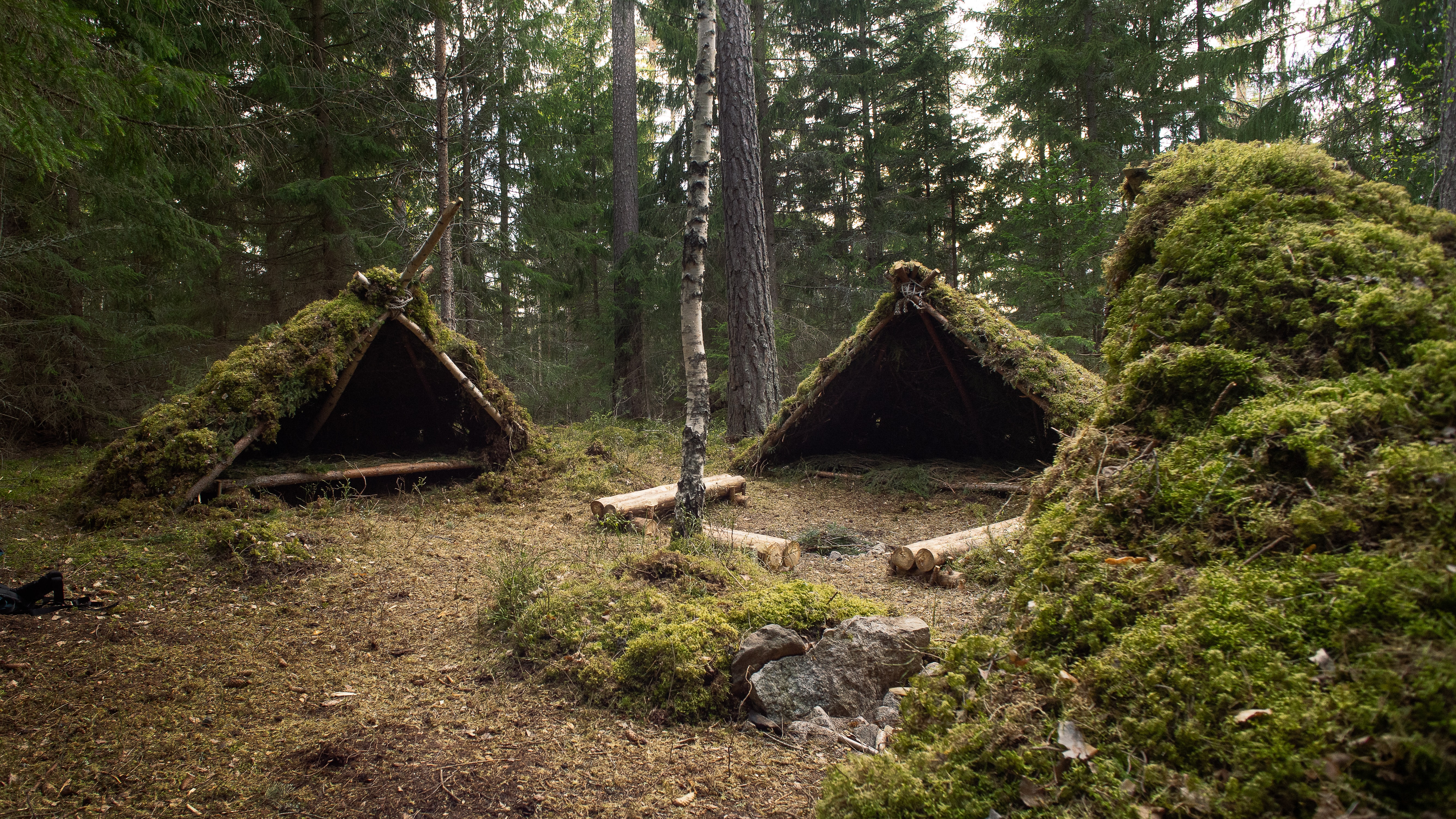Sincona
The Sincona is an ethnic group occupying the Forgotten Isle. Due to the island's distance from the mainland, the Sincona have remained largely isolated from the other cultures in Leland, but in recent years they have been importing technologies to improve quality of life. They remain largely self-sufficient.
Naming Traditions
Feminine names
Feminine names end with -a.
Masculine names
Masculine names end with -i.
Family names
As there is no traditional family structure within the Sincona, there are no customary family names. Instead, individuals are given a connection name that is a combination of the first syllable of one parent's primary name and the last syllable of the other parent's primary name. For example, Brinta and Villi have a child. The child's connection name could be Brinli or Vita.
If the one of the parents' names is not known, Opktur (unknown) is used as a substitute. If the child is an orphan, they are merely given Opktur as their connection name.
Culture
Major language groups and dialects
While Deameic is learned in Haapari and by those who have regular contact with mainlanders for business or governmental reasons, the Sincona as a whole speak a language virtually unknown by the rest of Leland.
Shared customary codes and values
While not aggressive to outsiders, the Sincona value the isolation from the mainland and will often keep visitors at arm's length. They provide lodging and other services as reasonable costs and are considered polite, though not terribly friendly or welcoming. For this reason, the Forgotten Isle is not a common tourist destination, and most of the tourism is isolated to the main port of Haapari.
The Sincona are known to be solely possessors of the physical enmanities: Geonature, Flora, and Composition. Anyone with an enmanity other than one of these is likely an outsider or the product of a union with an outsider. They are not shunned, but they are considered to be an 'other' group and may be treated differently.
As a society, the Sincona value self-sufficiency. While they acknowledge the strength that comes in working together for survival, anyone who cannot survive on their own is a burden. Children are the one exception to this rule, though they are taught from a young age how to survive and contribute. The elderly find ways to contribute to society, but once the contributions they provide are less in value than the help they receive in turn, it is their time to leave--customarily by suicide, though the method is different depending on area.
There is no traditional family structure or marriage within the Sincona. Individuals mate with who they see fit at any particular time, though preferred couplings are common. Children are raised by the village, though the parents are primarily responsible for guiding them through the trials of growing up. Children are traditionally housed together with rotating supervision until they are able to complete their sillavi, or survival test, at which point they join an established household or create a new one with their peers. Households can consist of any number of individuals with any kind of relationship to one another, and they can change depending on circumstances.
Art & Architecture
The Sincona live in villages in the forests along the rocky shores of the island. Their architecture is very natural, mostly relying on herbateurs for constructing dwellings large enough for ten to twelve people. Deeper in the wilds of the the island, hunting camps rely on much simpler forms of housing.
Coming of Age Rites
At some point before the age of seventeen, all children are expected to complete a sillavi, or survival test. Individuals are released into the wilds at the center of the island and are to return after seven days. Those who return are welcomed as full members of society. Those who are unable to survive the full seven days are treated as others and must remain in the children's house. An individual can attempt the test as many times as they wish until age seventeen, but any more than two attempts is considered a disgrace. The bodies of those who die during their sillavi are not recovered.
Related Locations
Remove these ads. Join the Worldbuilders Guild









Comments